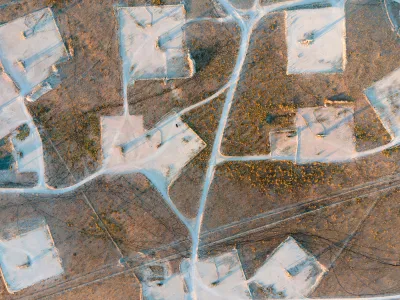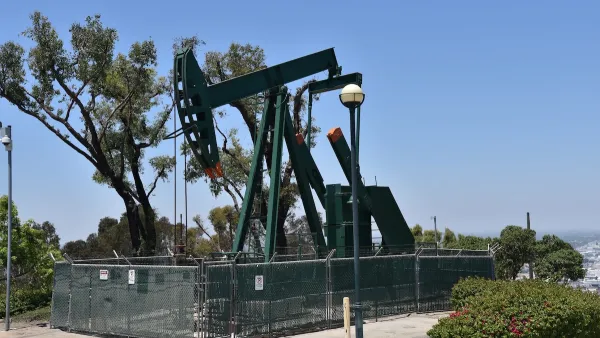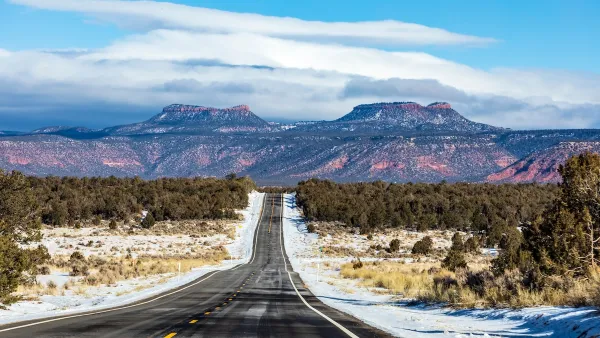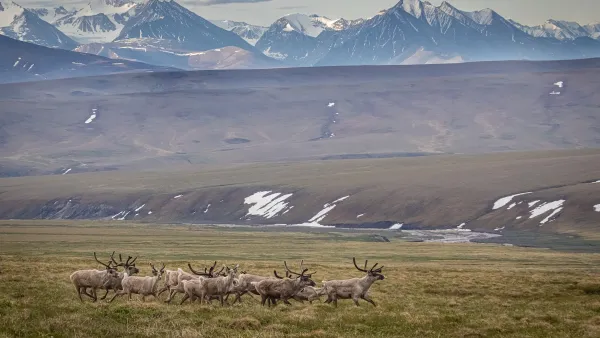An update to federal regulations raises minimum bonding to limit orphaned wells and ensure cleanup costs are covered — but it still may not be enough to mitigate the damages caused by oil and gas drilling.

A new rule from the U.S. Department of Interior will make oil and gas drilling on public lands more expensive, reports Nick Bowlin in High Country News.
“The reform includes a jump in the amount of money that drilling companies must put forward to ensure cleanup of their wells. It also raises the royalty tax rate that operators pay on the minerals they extract on public land, which had not changed in more than a century,” Bowlin adds.
The rule is designed to reduce wasteful speculation and make companies responsible for the costs of environmental cleanup, according to Interior Secretary Deb Haaland. The rule raises minimum bonds for oil and gas leases on public lands from $10,000 to $150,000 — but “Despite these increases, the new bonding levels are unlikely to cover the complete cost of cleaning up the more than 90,000 unplugged wells overseen by the Bureau of Land Management.”
Under the new rule, companies will pay a higher royalty tax rate on profits from extraction.
While many environmentalists praise the changes, some say updating rules for oil and gas extraction is not enough to reduce fossil fuel dependence and extraction in the long term. According to Gladys Delgadillo, a climate campaigner at the Center for Biological Diversity, “Updating oil and gas rules for federal lands without setting a timeline for phaseout is climate denial, pure and simple.”
FULL STORY: Drilling for oil on public land is about to cost a lot more

National Parks Layoffs Will Cause Communities to Lose Billions
Thousands of essential park workers were laid off this week, just before the busy spring break season.

Retro-silient?: America’s First “Eco-burb,” The Woodlands Turns 50
A master-planned community north of Houston offers lessons on green infrastructure and resilient design, but falls short of its founder’s lofty affordability and walkability goals.

Delivering for America Plan Will Downgrade Mail Service in at Least 49.5 Percent of Zip Codes
Republican and Democrat lawmakers criticize the plan for its disproportionate negative impact on rural communities.

Test News Post 1
This is a summary

Test News Headline 46
Test for the image on the front page.

Balancing Bombs and Butterflies: How the National Guard Protects a Rare Species
The National Guard at Fort Indiantown Gap uses GIS technology and land management strategies to balance military training with conservation efforts, ensuring the survival of the rare eastern regal fritillary butterfly.
Urban Design for Planners 1: Software Tools
This six-course series explores essential urban design concepts using open source software and equips planners with the tools they need to participate fully in the urban design process.
Planning for Universal Design
Learn the tools for implementing Universal Design in planning regulations.
EMC Planning Group, Inc.
Planetizen
Planetizen
Mpact (formerly Rail~Volution)
Great Falls Development Authority, Inc.
HUDs Office of Policy Development and Research
NYU Wagner Graduate School of Public Service





























